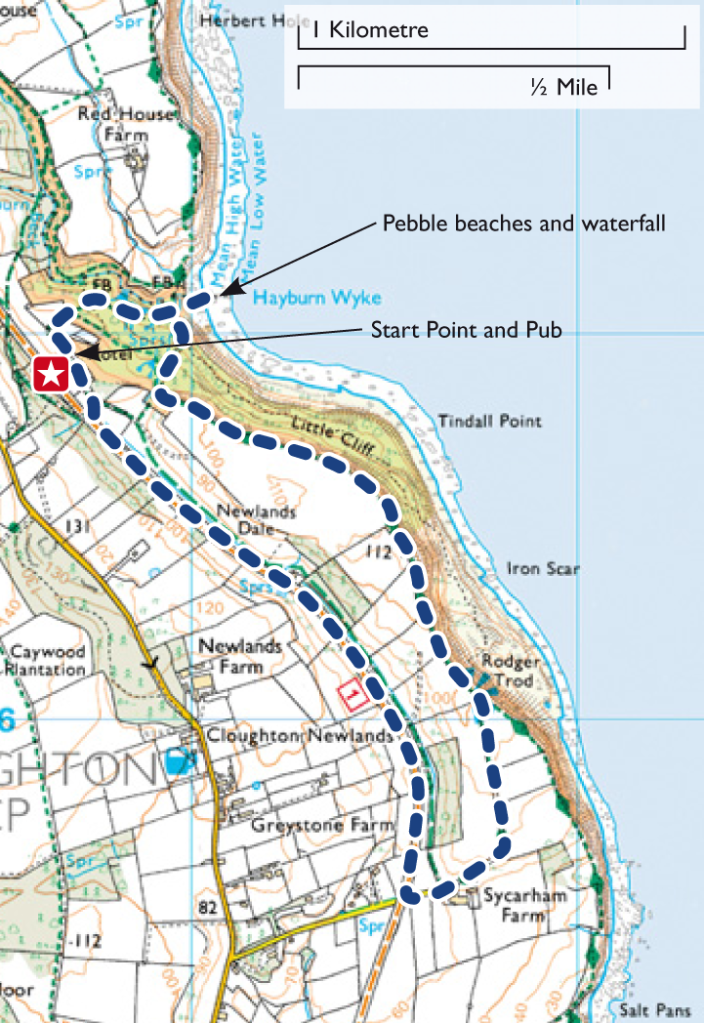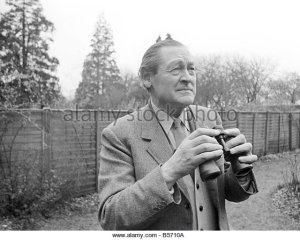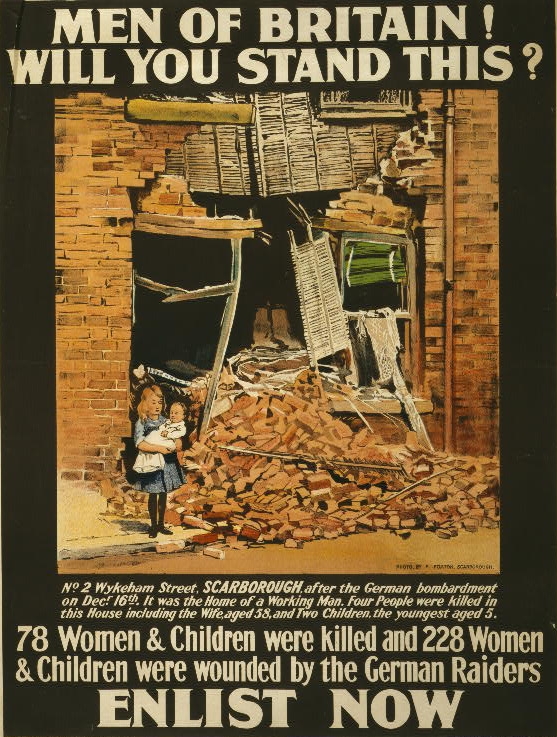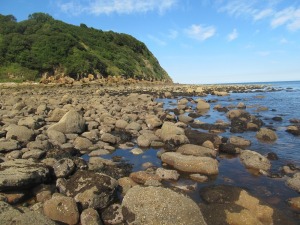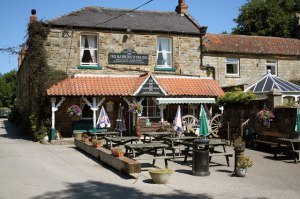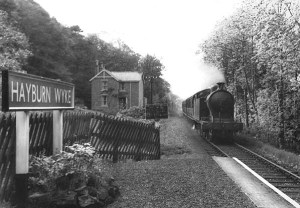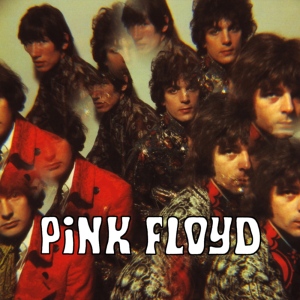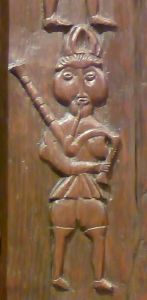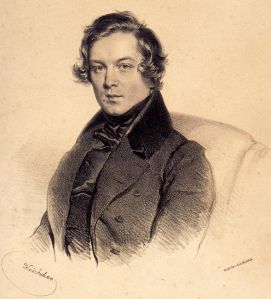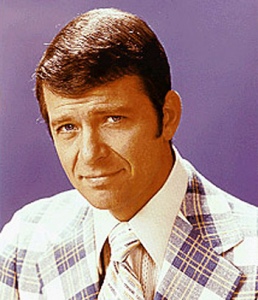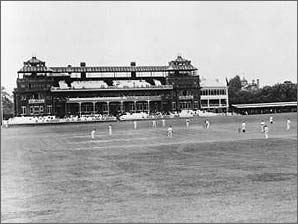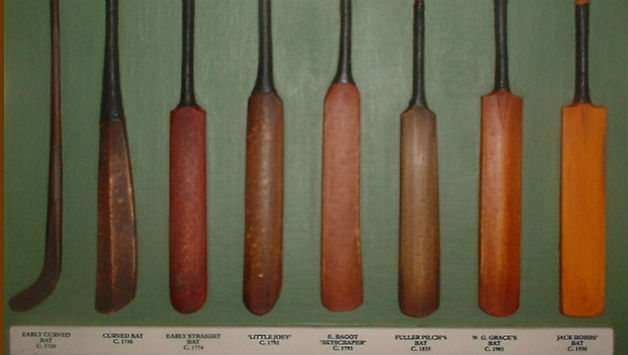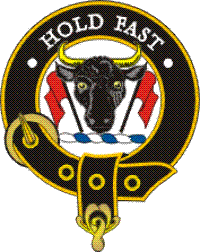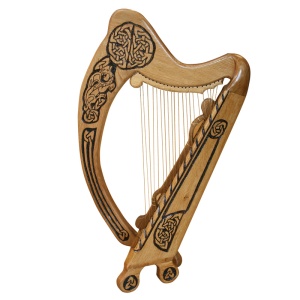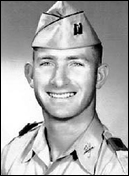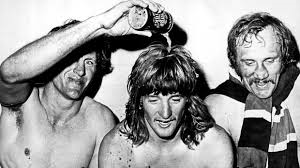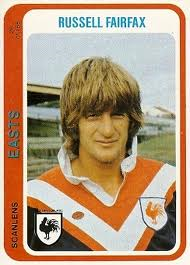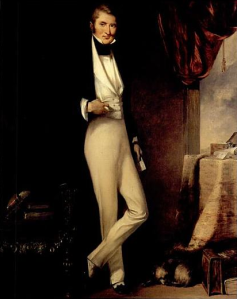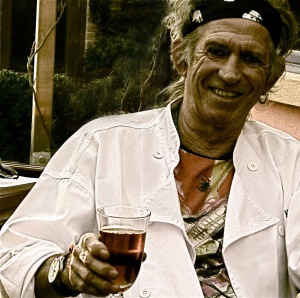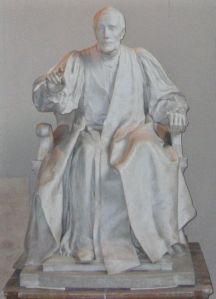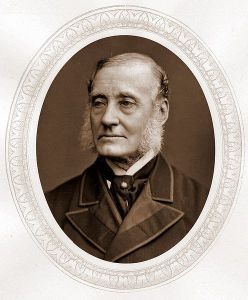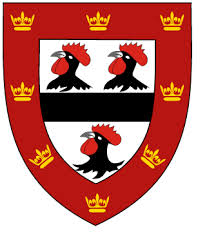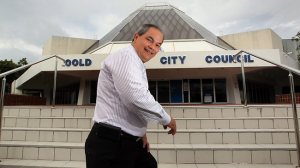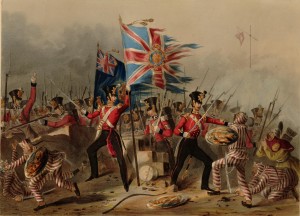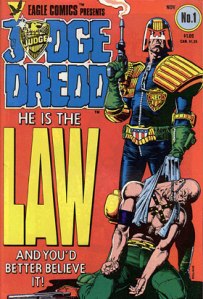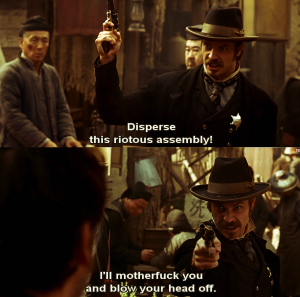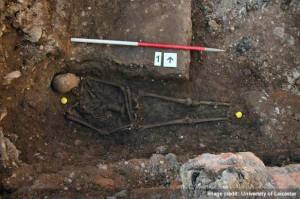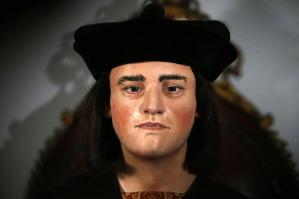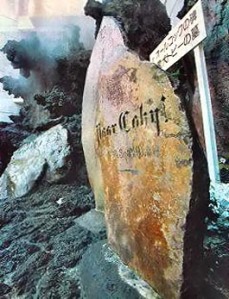On a recent reading binge of Intelligence (not necessarily an intelligent reading binge!) with books including Christopher Andrew’s official history of M.I.5, “The Defence of the Realm.”
In the manner of a Wikipedia entry of a battle I will list the belligerents.
USSR v. United Kingdom
Forces.
KGB M.I.5
Spetnatz North Yorkshire Police
Location.
Hayburne Wyke (North Yorkshire Coast)
Commanders.
USSR.
Yuri Andropov, KGB General, scary guy. Organized the invasion of Czechoslovakia three years earlier in 1968. Later became Boss of the Soviet Union when I was in High School.
UK.
Sir Martin Furnival Jones M.I.5 Director General
Furnival Jones, fun-loving guy. In the official history called ‘FJ’.
“FJ’s main visible enthusiasms were bird watching and The Times crossword. One female member of staff recalls that when he came to office bridge evenings, “You would be his partner and he would not even talk to you.”
“… both the first Cambridge graduate and the first man with a law degree to become DG, widely regarded as the cleverest man in the Security Service.” Note 57: “The Legal Adviser, Bernard Sheldon, among others, considered FJ ‘much the clearest brain of the whole lot.’ Recollections of former Security Service officers.
Just let me interrupt here from a few angles on “the cleverest man in…”“Clever”? Not quite the compliment it seems. Prime Minister Hawke’s exhorting Australia to be ‘the clever country’ when I was a schoolboy brought intellectual objections from Australian academics on a linguistics(!) basis. “Clever can be thought to mean sly/sharp, not scholarly in pursuit of knowledge.”
- “Well he would say that, wouldn’t he.” The Legal Adviser to M.I.5 about the only man there who had…the same degree he did!
- Clever, how? The way I am roped into any and all Trivia competition on the Gold Coast by my fellow club cricketers, they could well be saying, “He is the cleverest man at the Helensvale Cricket Club.” For ability to reason/deduce answers to general knowledge and other category questions!
- An impromptu discussion I had with a computer science undergraduate, later Ph.D and academic in his field at an Australian university. Way back in the day. I walked into his room at the University College where in residence and said, “I’m alright mate, results have come in…just got a Distinction in Professional Conduct/Ethics.” Girlfriend: “Well done, Doug.” “Yes, but is it? In my field of study not a high priority! Does it mean you are the most ethical man in your course? A religious studies scholar who got the highest score…would he be the most religious or holy? Doesn’t follow.” “Good point, Doug.” (Computer mathematics conclusion from my mate)!
- Is the most intelligent man in the Intelligence Service (M.I.5/M.I.6) the most intelligent?
Back to the sensationalist title (not completely outlandish re British tabloid newspaper standards!). Quite right to object.
Invasion, what invasion in 1971? Correct. Didn’t happen.
Response, though, in the title of the English Folk Song, “Are you going to Scarborough Fair?”
Don’t think they were! Doubtful that they were fans of Geoff Boycott, either, keen to see him bat at Scarborough in 1971 as the new Yorkshire cricket captain having been appointed on the basis of his tremendous tour of Australia in late 1970, early 71. There would have been all the fun of the fair in Scarborough, though, if Spetnatz forces guided by the KGB had got ashore.
In 1971 he completed a comprehensive plan for the seaborne landing of a sabotage group (or groups) at Hayburn Wyke on the north Yorkshire coast. Using locally domiciled agents recommended by his Department V predecessors…he built up a network (including a Moscow trained radio agent) to support the arrival and operations of the sabotage groups to be infiltrated through Hayburn Wyke.
Was it an invasion? I would say if defined as an armed landing by a Sovereign State, then yes.
Why Hayburn Wyke? Every invasion of England had been planned for the south coast opposite the Channel. From 1066; to Philip of Spain’s Armada; to Napoleon’s Grand Armee hoping for Admiral Villeneuve to dodge Nelson’s fleet down in Spain and get to Northern France; to Hitler’s orders for Operation Sealion, German army landings to take place on the south coast. In this centenary year (2016) of the Battle of the Somme, 19 months or so before, Admiral Hipper of the German High Seas Fleet directed an attack on…
SCARBOROUGH. December 16, 1914. A terrorist attack? In that the German fast battle cruisers could claim they were trying/tasked to take out the Royal Navy and British Army shore batteries near Scarborough/Whitby in position. “Sorry about the civilian casualties but our guns aren’t that accurate.”
The only sea way to attack England for The Kaiser in 1914 or the USSR in 1971 was out from the Baltic. Direct to North Yorkshire, Scarborough and Hayburn Wyke.
Hayburn Wyke.
The beach for an armed landing.
Up the hill past the waterfalls.
A quick pint of Yorkshire Ale at the Inn.
Then…if only the plan had been thought of five years before! A railway station existed at Hayburn Wyke in 1966 but was shut that year. Spetnatz forces guided by KGB could have just hopped on the train to Scarborough, or Whitby, and with coercive persuasion, got the train driver to reroute to Leeds, Sheffield, from which they could start violent mayhem across Northern England.
Why did it not happen? ‘Cherchez la femme’. A French saying. ‘Look for the woman’. (if something mysterious happens, a woman is behind it). The man with the plan in 1971 in the quote above had an ‘it’s complicated’ profile. More ‘Cherchez les femmes’. Oleg Lyalin, A KGB Officer in London with the odd cover of ‘Soviet Union knit wear business representative.’ He had a wife back in Russia, a Russian girlfriend in London, and also was having an affair with a married Englishwoman.
His offer to M.I.5 to defect was turned down, as was his offer to return to Moscow and be an agent in place. “All these women, man’s too unstable, he wouldn’t last long,” seemed to be the attitude. Until he leaked the Hayburn Wyke!
“Now we have to do something.” But I think FJ was waiting. As a contract bridge player, waiting to play his trump (!) card. Lyalin, with his complicated love life and under the influence got himself arrested for drink driving in London. Since he’d have to appear in a London Magistrate’s Court the next day, M.I.5 let him appear, had a word with Scotland Yard, and quickly whisked him away into political asylum.
http://news.bbc.co.uk/onthisday/hi/witness/september/30/newsid_2523000/2523457.stm
Why wait? Because he was the ‘Soviet Union knit wear business representative’ (I’m sure Russian jumpers/sweaters and woollen clothes are excellent products, from the freezing Russian Steppe, if not quite as good as my old school Australian wool cricket short-sleeve cricket sweater!).
Because FJ was thinking of and then ordering OPERATION FOOT. Not for a woollen sock but for a plan. To kick out the KGB from the Soviet Embassy in London in 1971. They had overplayed their hand (to put it in bridge parlance). So many Soviet Officers were dashing out from the Embassy every day that M.I.5 could not identify them. Like Mr Lyalin, under cover as the ‘Soviet Union business knit wear business representative.’
105 KGB Officers were expelled from the USSR’s London Embassy on 24 September 1971.
International reaction? FJ reported to the Home Office on 5 October that J. Edgar Hoover (by then 76) had ‘received the news with delight’ and intended to propose similar action to President Nixon.
‘Hearty congratulations. It is not often we receive such good news!’ (CIA Director Richard Helms).
The French DST (security service) and SDECE (foreign intelligence service)…”delighted“. Personal congratulations of the French Interior Minister forwarded with intention to propose a similar expulsion to President Pompidou.
The German BfV (security service), ‘electrified and delighted’. The German BND (foreign intelligence service), first reaction astonishment, then ‘courageous and revolutionary’.
The Dutch, reported: ‘thunderstruck at the toughness and courage of H.M.G. (Her Majesty’s Government). ‘This was a real and damaging blow at the structure of the KGB in the West.‘ (pp 576-77) Andrew, The Defence of the Realm.
And yet, there was something more extraordinary on FJ’s desk in 1971 at M.I.5 than the Hayburn Wyke invasion – unbelievable though that sounds. Something that involves…our current Australian Prime Minister, Malcolm Turnbull (in the future to 1971!). I hope to get to it sometime before new cricket season begins this year, work permitting. As Scarborough Fair, the traditional song mentioned above about a place 7 miles north of the Hayburn Wyke, this being North Yorkshire but there is family lore. The seaside town on Moreton Bay in Brisbane. Scarborough supposedly named by mum’s first ancestor settlers in the area from Yorkshire. http://queenslandplaces.com.au/scarborough
The only independent corroboration is from one of Australia’s great writers, David Malouf, who mentions (with a spelling change) the local lads with mum’s surname at Scarborough in his novel, Johnno. http://www.goodreads.com/book/show/692871.Johnno
An elderly Chinese tourist at Helensvale train station showed me a piece of paper and asked, “How do you say this word?” Easy enough for an English speaker, not so for someone without much English. He was looking for Scarborough Street, Southport. skɑːbrɑː I said. Hope my IPA is correct 🙂
To conclude on an English folk song note like Scarborough Fair (well at least the first part of this song is!). Could FJ have heard it blaring out the window in the London suburb where he lived, returning from work, the teenage children of his neighbours playing it? Not before November 1971 and the release of Led Zeppelin IV would he have! I give you 1971’s most famous song, and one of the most famous of rock songs…”It makes me wonder.” 😉
